What is Batch Breeding System for Black Soldier Flies?
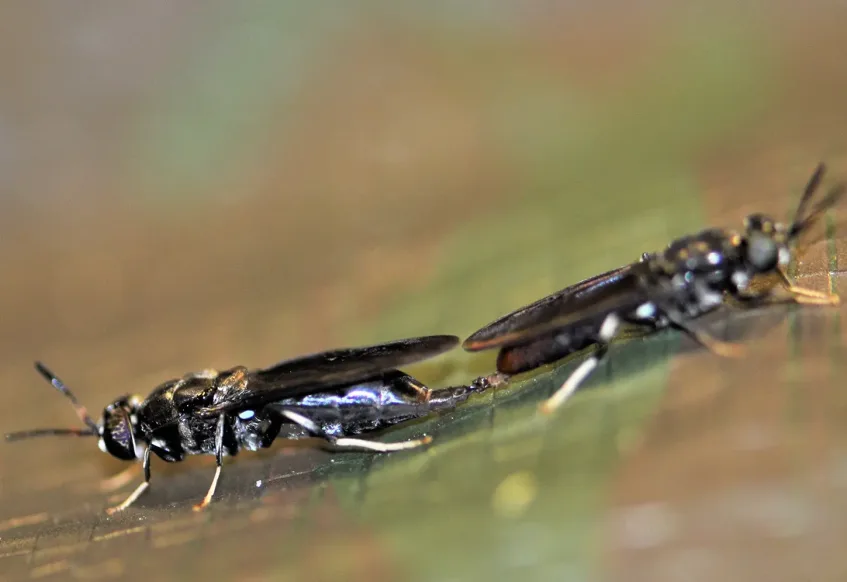
Batch system breeding is a controlled and efficient method used in the production of Black Soldier Flies (BSF), designed to optimize mating, egg collection, and overall breeding management. This system involves specific cycles of mating and egg-laying, followed by thorough cleaning to prepare for the next batch. Here is an in-depth look at the process and its benefits.
The Batch Breeding Process
In the batch breeding system, adult Black Soldier Flies emerge and are placed in a designated breeding cage where they mate. The process involves several key steps:
- Mating: Emerged adults’ mate within the cage. Typically, 2-day-old adults engage in mating, with 69% of mating activities occurring two days after emergence.
- Oviposition: Female flies oviposit (lay eggs) two days after mating, which is four days post-emergence. About 70% of oviposition occurs four days after the flies emerge.
- Egg Collection: Once the desired number of eggs is collected, the adult flies are removed, and the cage is cleaned.
- Cleaning Cycle: The breeding cage is thoroughly cleaned usually every 8-9 days to prepare for the next batch.
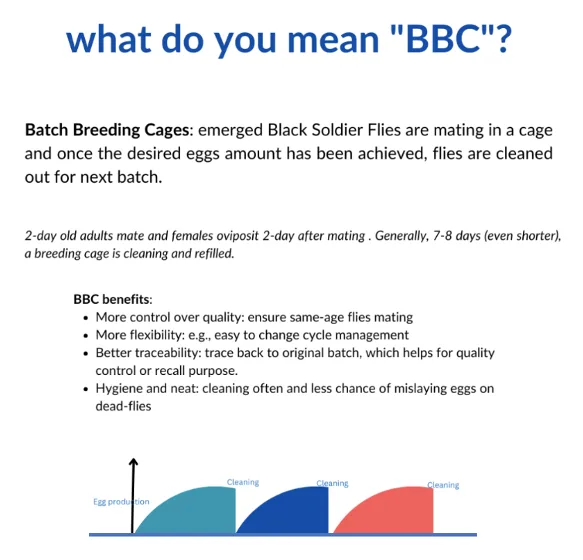
Advantages of Batch System Breeding
The batch system breeding offers several significant advantages:
- More Control Over Quality: By ensuring that flies of the same age are mating, the quality and consistency of the offspring are improved. This uniformity in the breeding cycle helps maintain lofty standards in larvae production.
- More Flexibility: The batch system allows for easy adjustments in cycle management. Producers can alter breeding schedules and manage production more effectively, adapting to changes in demand or environmental conditions.
- Better Traceability: Each batch can be traced back to its original cycle, facilitating better quality control and recall processes if necessary. This traceability is crucial for maintaining the integrity of the production process and ensuring the reliability of the product.
- Improved Hygiene and Neatness: Regular cleaning of the breeding cages reduces the chances of eggs being mislaid on dead flies or other contaminants. This practice enhances the overall hygiene of the breeding environment, leading to healthier and more robust larvae.
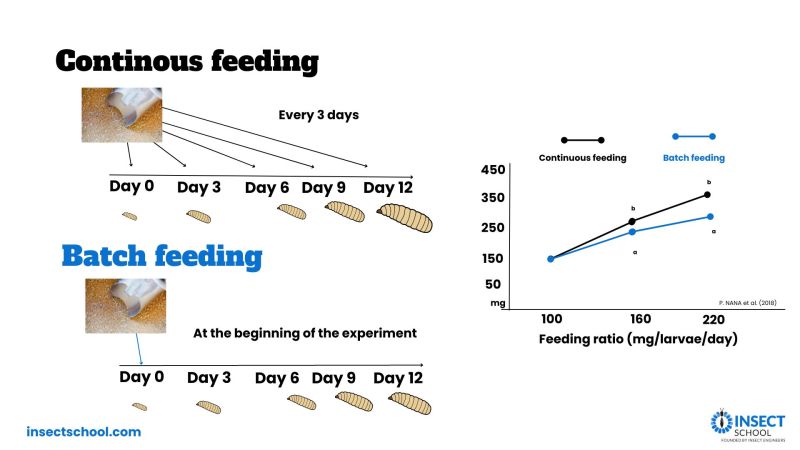
Practical Implementation
Implementing a batch system breeding approach requires meticulous planning and organization. Key considerations include:
- Cage Design: Breeding cages should be designed for easy cleaning and efficient egg collection. Proper ventilation and lighting are also essential to facilitate mating and oviposition.
- Monitoring: Regular monitoring of the mating and oviposition processes ensures that the cycles are on track. Any deviations can be quickly addressed to maintain consistency.
- Record-Keeping: Detailed records of each batch, including mating dates, oviposition dates, and cleaning schedules, help in managing the entire process efficiently. This documentation also supports traceability and quality control efforts.
Batch system breeding is a strategic approach to Black Soldier Fly production that enhances control, flexibility, traceability, and hygiene. By adhering to a well-structured breeding cycle, producers can ensure high-quality larvae production, supporting sustainable practices and meeting the growing demand for BSF in various industries. This method not only optimizes the breeding process but also contributes to the overall success and sustainability of BSF farming operations.
For more information about:
- Insect Bioconversion of Waste, please contact us at the Insect school. https://www.insectschool.com/
- Turnkey Insect Farms – https://www.insectengineers.com/bsfturnkey/production
- If you would like to book BSF industry keynote speaker Bob Holtermans for your event – https://www.insectengineers.com/about-us/speaker-bobholtermans
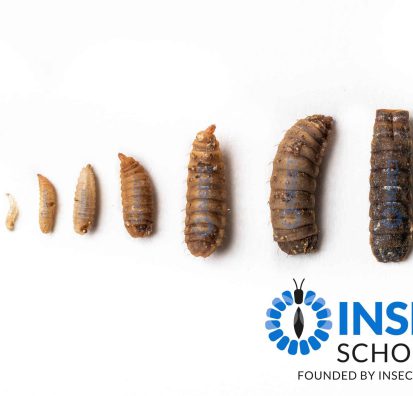
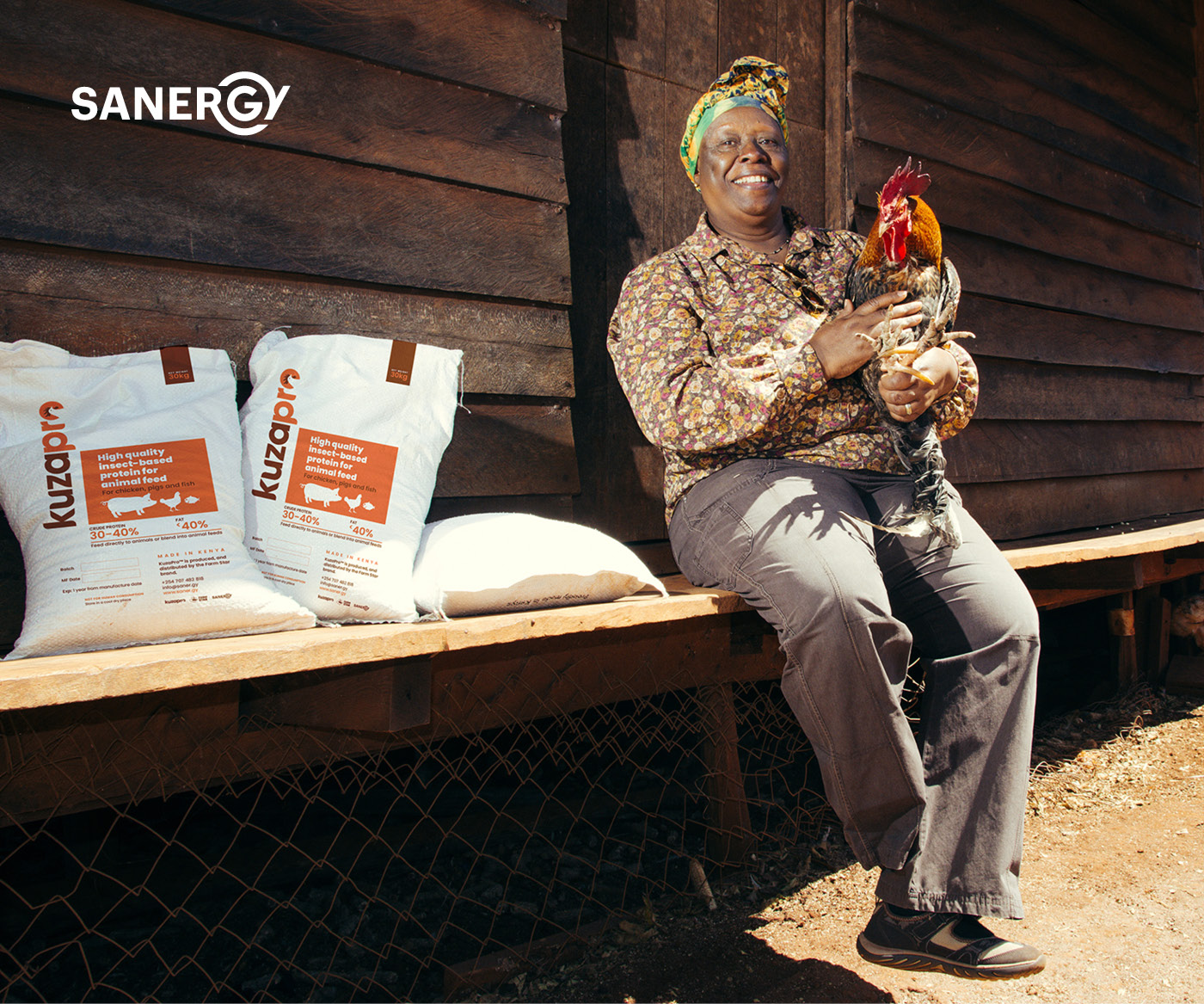
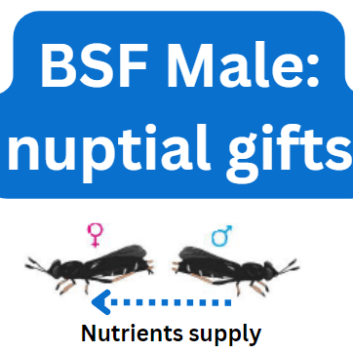
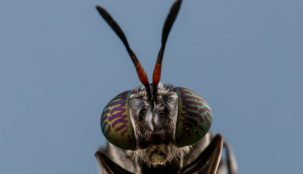
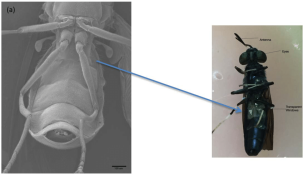
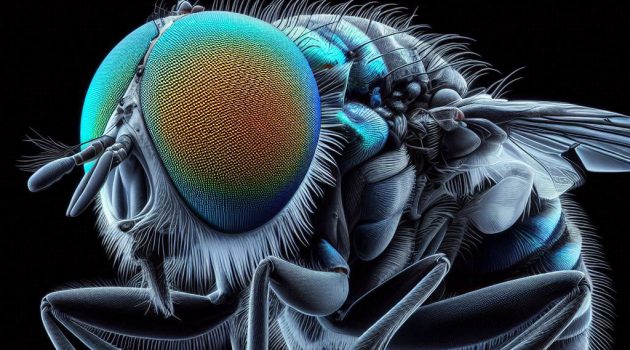

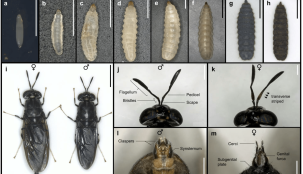



Leave a Reply